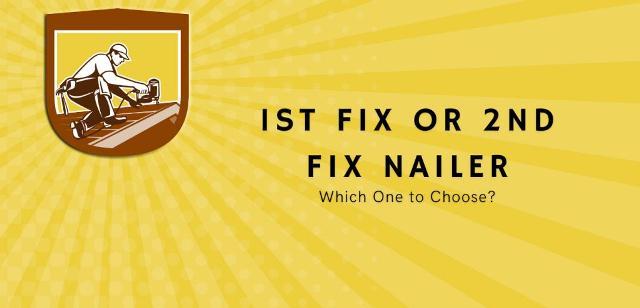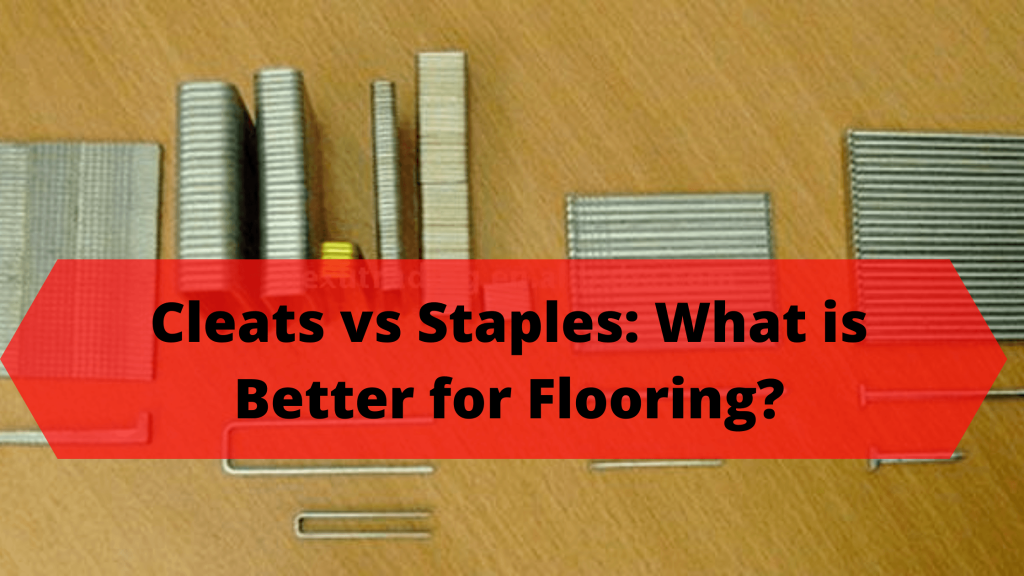If you are engaged in different types of joinery and woodworking works, then the equipment which you need most is a nailer. Especially in roofing and woodworking, this piece of equipment is considered the key material and provides the way of completing the task more efficiently and conveniently.
There are different types of nailers available, but most people get confused about what type of nailer should use to get the work done properly.
There are mainly two types of nailers:
A. 1st Fix Nailers
It is one of the most common types of nailers, and sometimes it is also called the framing nailers. These types of nailers are mostly used in rough woodwork such as roofing, framing, or flooring. This type of nailer has some other implications too.
There are different models of First Fix Nailers depending on the frequency of use by the user. The most common types of models are Dewalt DCN692, Hikoki NR90GC2, etc.
The reason why it is called 1st Fix is that the areas in which this type of nailer will be used will not be revealed before the completion of the project, as in many cases, it leaves a dent in the areas where it is used. It is also used on hard materials.
B. 2nd Fix Nailers
2nd Fix Nailers are mostly used for completing the softer jobs, and it is also referred to as finishing nailers. Most of the time, small nails are used in this type of nailer so that the damage can be reduced at the point of working. In most of the interior works at home, like framing the door, woodwork finishing is done by this type of nailer.
Before using nails on that type of nailer, you have to make sure they are properly fitted in the machine, and there is no loophole. There are mainly two types of 2nd Fix nailers, one is straight, and the other has an angled option. There is no hard and fast rule that you can choose, but people like to use angled options to be used in hard materials.
Difference between the 1st Fix and 2nd Fix Nailer
The main difference between 1st Fix and 2nd Fix Nailer is that 1st Fix Nailer is a powerful equipment that uses larger nails and mostly used for heavy farming applications.
In comparison, 2nd Fix Nailer is used for finishing and furnishing jobs and use smaller nails.
As 1st Fix Nailers are used for more rough construction work like farming and roofing, the result or output is not noticeable.
On the other hand, the 2nd Fix Nailer is used for naive jobs like finishing and use nails, which are very small and without the head. Unlike 1st Fix Nailer, it makes more refined work and the impact of it easily visible.
1st Fix or 2nd Fix Nailer, which one to choose?
The type of nailer you need mainly depends on the type of projects you are working on. For example, if your project is related to flooring or roofing, you need to use 1st Fix nailers.
However, if your project is related to something with finishing and refining, then 2nd Fix Nailers works best. For example, if you are doing roofing and heavy molding in your house, in that case, you have to use the 1st Fix Nailer. But to finish the task appropriately and adequately, you need to furnish and refine that work where you need the 2nd Fix nailer.
Most of the time, especially in big projects, people need both as it involves both heavy work and finishing. Besides that, people also look for a power source when they want to avail nailer for their work. Some people prefer power sources from outside, and some prefer power from the nailer itself.
Conclusion
To wrap it up, using a nailer actually depends on the user’s intention and the project in which they are working. There are different types and models of nailers available around the market, but the user needs to have complete knowledge about the specification of different nailers. Not only that, but users should also be aware of the applications and proper implications of different nailers before use, which is already mentioned above.

 November 24, 2020
November 24, 2020  4 Min
4 Min  No Comment
No Comment 




















